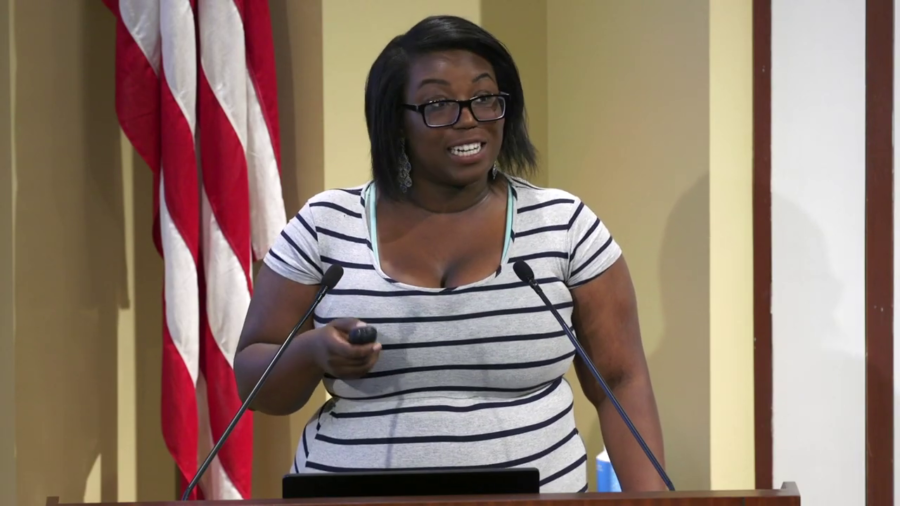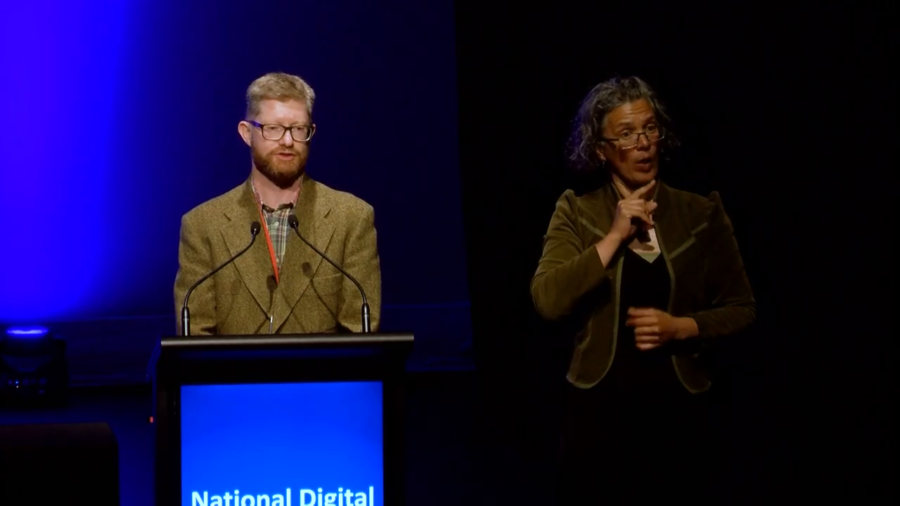Meeting these different bots has just reinforced one thing: the images that you’re capturing, the online collections you’re sharing, just provide a foundation for all different ways of engaging your audience. The more accessible your content is, the more open the licenses you use, the more chance you’ve got of having your content used in new and different ways.
Archive

The premise of our project is really that we are surrounded by machines that are reading what we write, and judging us based on whatever they think we’re saying.
With Twitter bots and a lot of AI in pop science, it’s kind of like staying up late with your parents. Once you ask to be treated like a human being, you have to abide by a different set of rules. You have to be extra good. And the second you misbehave, you get sent to bed. Because you didn’t play by the rules that you were agreeing to be judged by.
The commonly asked questions is, “Does this bot sound human?” And the question that I think is a little bit more interesting is why do so many bots that win the Loebner Prize sound pretty much exactly the same? They’re really similar to each other. Maybe they all have a particular type of default human being in mind, the people who design these bots. But if so, who is this particular mysterious default human being?

